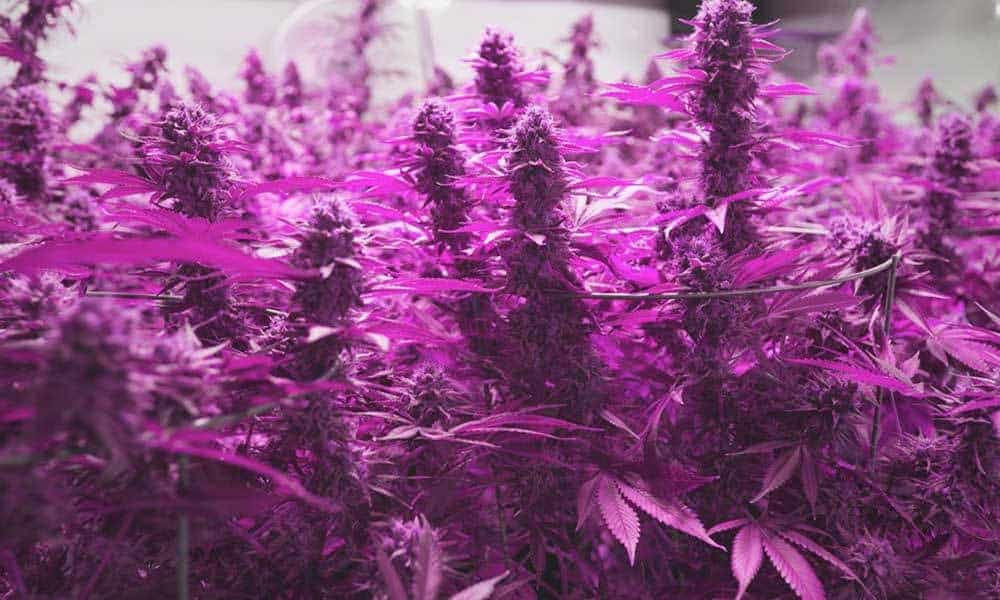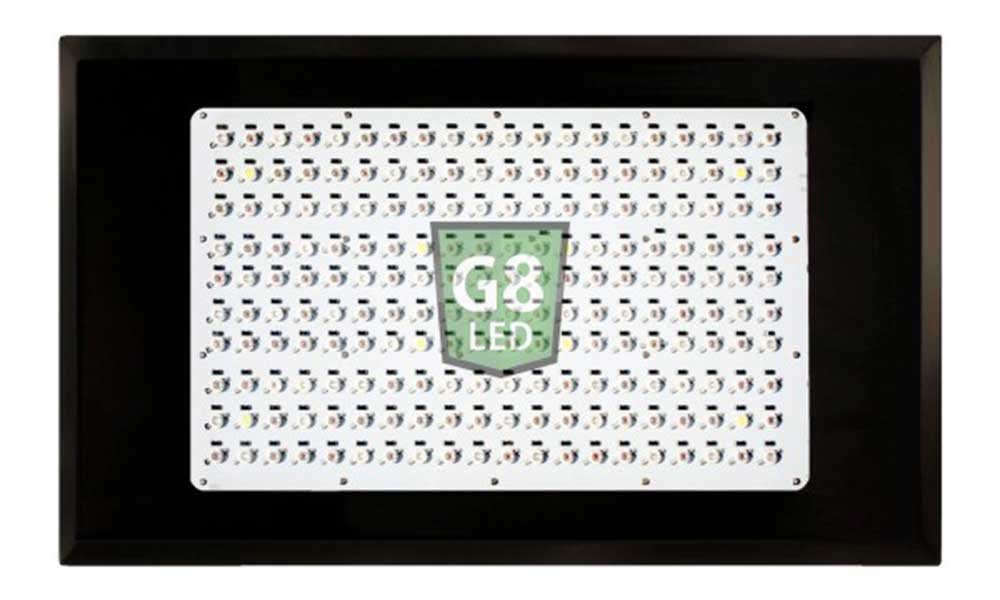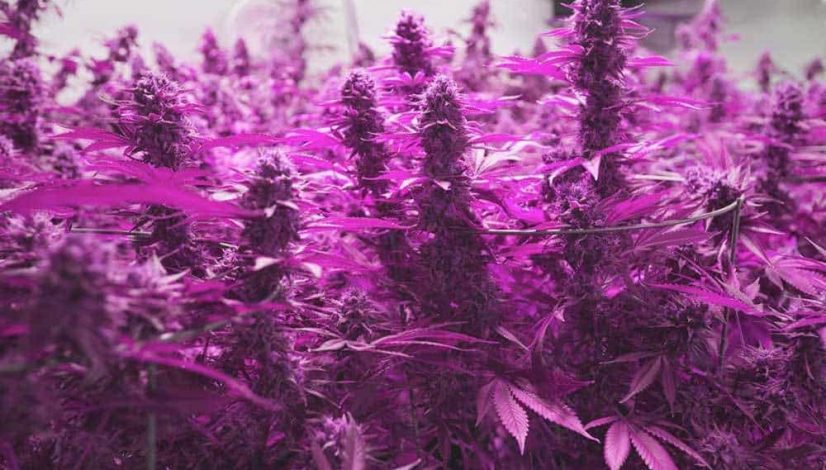Is It Time For LED Grow Lights?
The post Is It Time For LED Grow Lights? appeared first on High Times.
With more and more states legalizing, cannabis cultivators and connoisseurs are turning to LED grow lights in significant numbers for their indoor grows. Is this a fad or is LED technology the future of indoor growing?
As more indoor growers can produce a top-shelf product, the tide has turned in favor of the LEDs. Here we provide some critical considerations so you can choose wisely when investing in LED grow lights.
Advantages Of LEDs
By now most growers know the benefits of using LEDs for indoor growing—no scorching hot grow bulbs, lower power bills, healthier plants with superb taste and scent. The jury is still out on some other benefits, such as the LEDs’ ability to deter pests and bacteria.
What we do know is that LEDs are an excellent way to substitute away from energy-intensive HPS and metal halide bulbs; that is only if your light can produce enough of a harvest.

The best LED grow lights will give great yields.
What About The Yield?
For many years LED grow lights were not producing the same yields as their high-pressure sodium counterparts. Grow light technology has advanced considerably and top-shelf LEDs like the G8LED 600W Veg/Flower with UV and IR are able to provide comparable yields to the tried and true 1000W HPS bulbs.
This fantastic light produces healthy plants with vigorous growth and tight intermodal spacing for fuller yields. The advantage of the LED is that it operates at a much lower temperature, consuming less than half the electricity and gives the grower more control over his plants. With these lights, cannabis plants grown indoors will have a superb scent, flavor and frostiness.
Power Of The Light
For each square foot of growing space, there should be 20 or more watts (measurement of power) being consumed by the LED grow light. For a 4-ft by 4-ft grow space (16 square feet), your light should have a power draw of at least 320 watts.
Keep in mind that the power draw of the light will be lower than the wattage in the name. Manufacturers tend to name LED grow lights by the total amount of wattage in the chips used, even though those chips are never operating at full capacity. The actual power usage will always be less for design safety.
The wattage, or power draw of usage, is the number that should be considered when calculating 20 watts per square foot of growing space.

The most efficient LED grow lights reduce electrical consumption by as much as 60 percent.
Photosynthetic Photon Flux (PPF)
PAR value is the photosynthetic photon flux, measured in micromoles (μmoles) per meter squared per second.
If that sounds confusing, don’t fret as we will try to simplify this metric.
Photosynthesis is the process by which plants use sunlight (or indoor grow lighting) to synthesize foods from carbon dioxide and water and give off oxygen as a by-product, resulting in plant growth. The number of photons of light determines the photosynthetic photon flux mentioned above.
Natural sunlight has a PAR value of 1200-1400 micromoles (μmoles). An effective grow light will have a PAR value between 800-1400μmoles. Using lighting with higher PAR values may be counterproductive and cause stunted growth of plants.

The Blend Of Colors
The different wavelengths of light determine the different colors that go into the grow light. Since the whole point of using LEDs is to reduce power consumption, it is essential to go with an efficient unit that maximizes photosynthesis.
This means that the best LED grow lights will be targeting anywhere from six to nine different wavelengths of the light spectrum. If you have less than six wavelengths, the light is not advanced enough for robust growth. If the light contains more than nine wavelengths, it is wasting electricity by emitting portions of the light spectrum that the plants don’t need. This waste results in lower yields and added heat.
With LEDs, it is also possible to emit ultraviolet light, which is not possible with traditional bulbs. LED grow lights that emit UV have the added advantage of increasing resin formation on the plant and helping to deter pests in the grow room. Growing with a grow light that has UV diodes will increase the potency of your crop.
Invest In Your Lighting
After the selection of the plant strain, lighting is the critical component of the indoor grow garden. Investing in top-shelf lights like G8LED or Blackdog will provide dividends for years to come. These lights allow growers to run their operation at much lower costs and produce excellent harvests. LED grow lights are the future of indoor growing. It is exciting to see this revolutionary technology transform indoor gardens around the world.
The post Is It Time For LED Grow Lights? appeared first on High Times.


